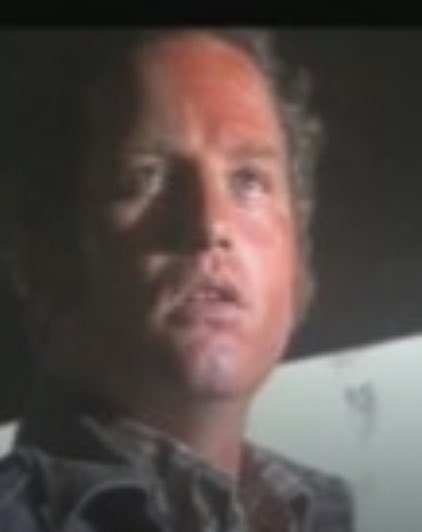
1/ Charlie Munger: "I have a simple rule for success in fishing. Fish where the fish are. If the fishing is really lousy where you are you should probably look for another place to fish."
When I see people use modern data science tools, I think about this point made by Charlie.
When I see people use modern data science tools, I think about this point made by Charlie.
2/ In business the tools to manage unit economics are vastly better today. Far less guessing is going on.
When I was younger is wasn't hard to catch salmon because they were plentiful. Fewer people had fish good finders. My current Garmin gear is split screen (low/high CHIRP).
When I was younger is wasn't hard to catch salmon because they were plentiful. Fewer people had fish good finders. My current Garmin gear is split screen (low/high CHIRP).
3/ New tools make discovering product/market fit easier, but more people are using these same tools. One big difference between SaaS discovery and salmon fishing is you can capture customers more efficiently from legacy providers who don't use these tools or are slow to change.
4/ Because of the capital pouring into SaaS, more big swings of the bat are happening. Everyone has access to these unit economics data science tools. How different is the SaaS founder slugging average now? Is discovering product market fit any easier now? What does the data say?
5/ If every SaaS business has a helm that looks like this (but with more screens), are competitive advantage periods shorter? Is it harder to maintain a moat since there are more people fishing for SaaS? Are old school providers losing share faster? What does the data say? 

6/ More than just data science improvements can decrease a competitive advantage period. If A builds apps "in a composable, scalable manner using microservices or serverless technologies enabling quicker feature updates and upgrades" so can fast folllowers.people.stern.nyu.edu/adamodar/pdfil…
7/ While cloud native makes it easier than ever to stand up a new service the same factors make it easier than ever to stand up fast followers.
Can you think of a new service facing a wolfpack of fast followers?
That's the game on the field now- it's not possible to go back.
Can you think of a new service facing a wolfpack of fast followers?
That's the game on the field now- it's not possible to go back.
8/ Product market fit is easier to discover and tune because the tools and data today are far better than in the past. Cloud native makes service creation easier. But everyone has access. What's the net impact of these shifts? How much = new value and how much = a zero sum game?
9/ More businesses are discovering larger product market fit quicker but the same factors enable others to fast follow, which is making competitive advantage periods shorter.
It is easier to catch bigger fish but other people seeking those fish arrive faster once you find them.
It is easier to catch bigger fish but other people seeking those fish arrive faster once you find them.
• • •
Missing some Tweet in this thread? You can try to
force a refresh






